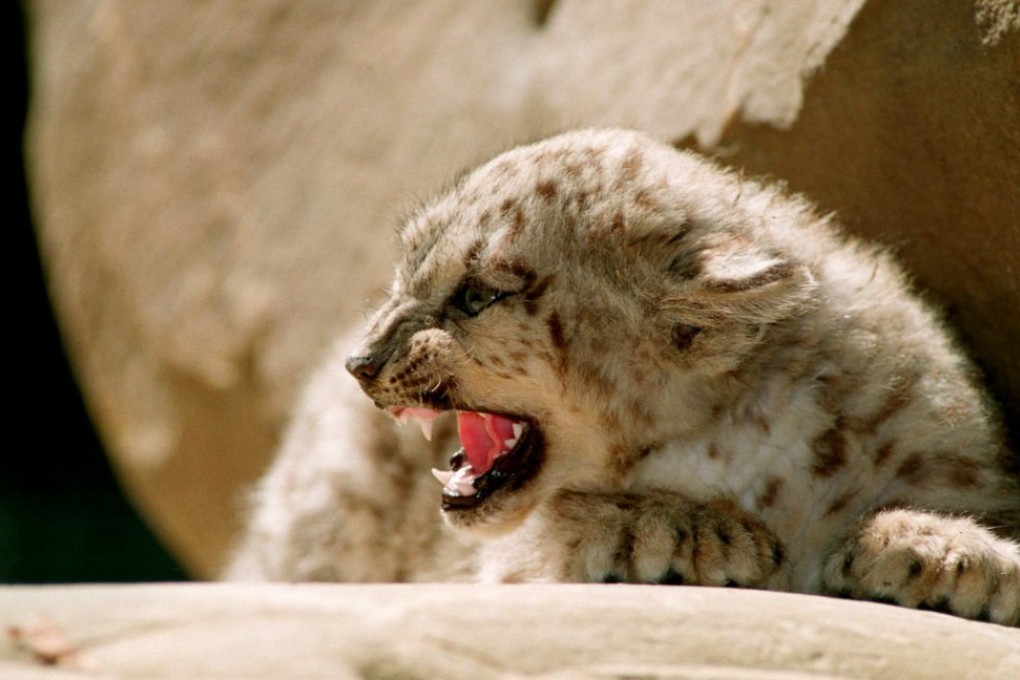Don't let the snow leopard become a mere memory
Bradnee Chambers calls for collaboration to save its dwindling numbers

Snow leopards often travel huge distances along ridge lines and cliff bases. Increasing threats from the growing human footprint dissect their habitat. Growing human populations and the demand for more land for farming are even encroaching into protected areas.
As snow leopards are forced to live in closer proximity to humans, conflicts are almost inevitable. Following the overhunting and poaching of their favourite prey, the endangered Argali sheep, leopards are turning to domestic animals instead.
The snow leopard's splendid coat has also contributed to its downfall. The species is now considered endangered.
Despite the highest level of protection under the Convention on International Trade in Endangered Species of Wild Fauna and Flora (CITES), a lucrative illegal trade flourishes as leopards are killed for their skin and bones to meet the demands of the fur industry and traditional Chinese medicine. A top-quality leopard skin garment - accounting for between six and 12 animals - could command up to US$60,000 in affluent markets abroad.
We cannot afford fruitless attempts to conserve this magnificent big cat
However, it is not the local hunters who benefit from this unsustainable trade - their share of the profit is unlikely to be much more than US$100 per skin, and frequently considerably less. But in these remote, underdeveloped and poverty-stricken regions, even US$50 is a considerable sum.